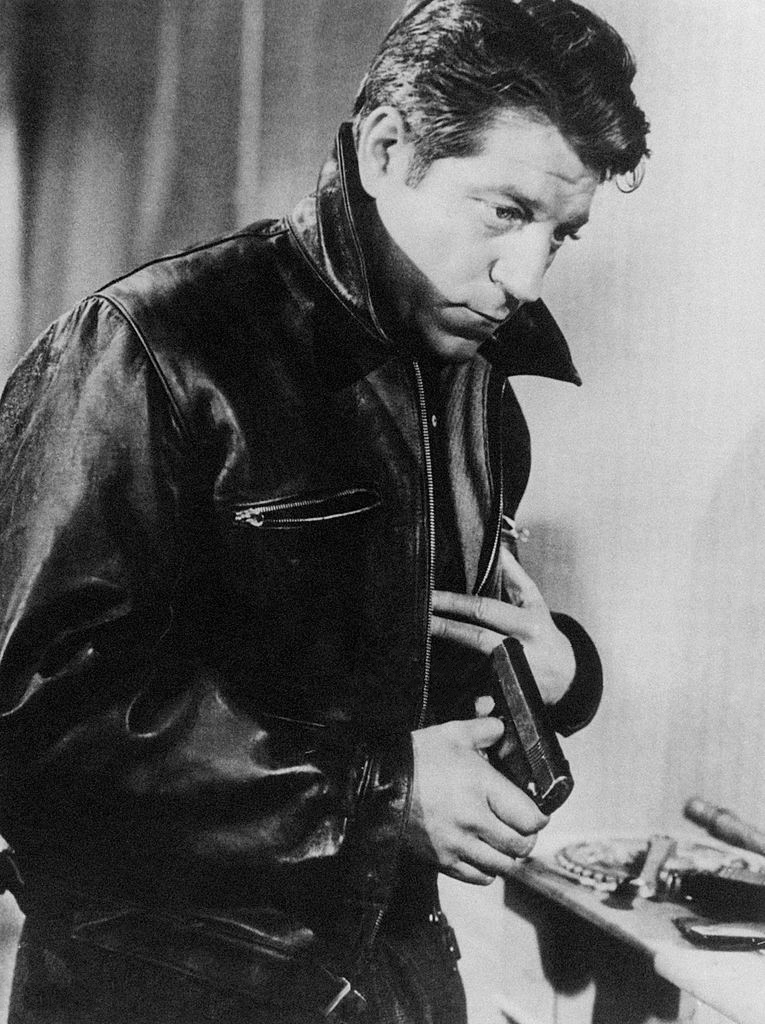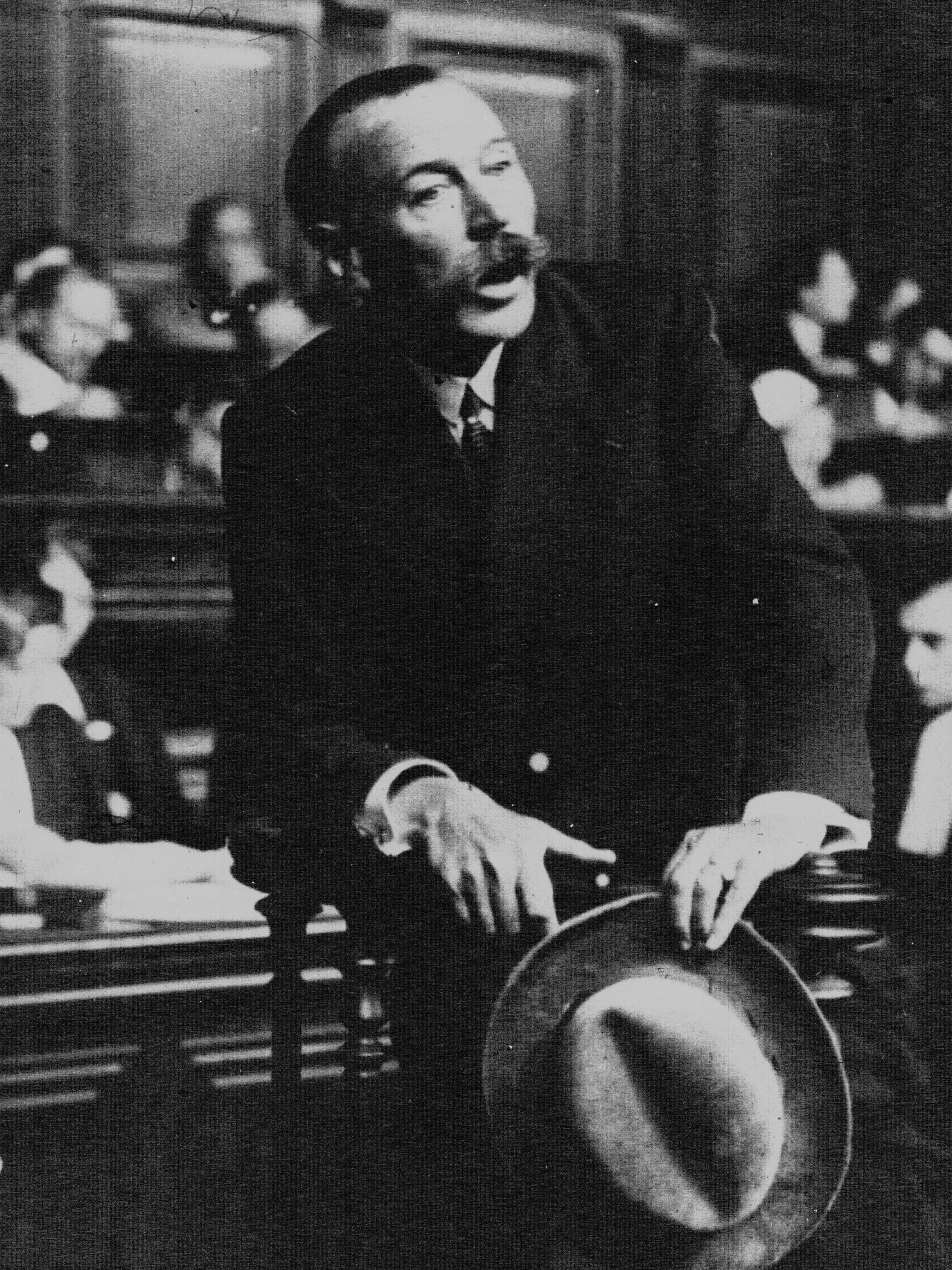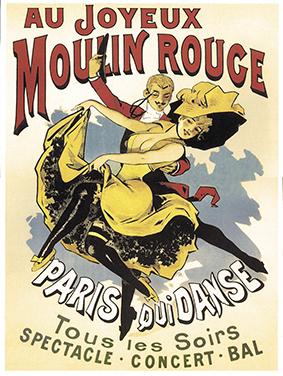|
Jean Gabin
Jean Gabin (; 17 May 190415 November 1976) was a French actor and singer. Considered a key figure in French cinema, he starred in several classic films including ''Pépé le Moko'' (1937), ''La grande illusion'' (1937), ''Le Quai des brumes'' (1938), ''La bête humaine'' (1938), ''Le jour se lève'' (1939), and ''Le plaisir'' (1952). During his career he had twice won both the Silver Bear for Best Actor from the Berlin International Film Festival and the Volpi Cup for Best Actor from the Venice Film Festival respectively. Gabin was made a member of the Légion d'honneur in recognition of the important role he played in French cinema. Biography Early life Gabin was born Jean-Alexis Moncorgé in Paris, the son of Madeleine Petit and Ferdinand Moncorgé, a cafe owner and cabaret entertainer whose stage name was Gabin, which is a first name in French. He grew up in the village of Mériel in the Seine-et-Oise (now Val-d'Oise) département, about 22 mi (35 km) north of Par ... [...More Info...] [...Related Items...] OR: [Wikipedia] [Google] [Baidu] |
Jules Maigret
Jules Maigret (), or simply Maigret, is a fictional French police detective, a '' commissaire'' ("commissioner") of the Paris ''Brigade Criminelle'' ('' Direction Régionale de la Police Judiciaire de Paris:36, Quai des Orfèvres''), created by writer Georges Simenon. The character's full name is Jules Amédée François Maigret. Between 1931 and 1972, 75 novels and 28 short stories about Maigret were published, starting with ''Pietr-le-Letton'' ("Peter the Lett") and concluding with ''Maigret et Monsieur Charles'' ("Maigret and Monsieur Charles"). The Maigret stories have also received numerous film, television and radio adaptations. Penguin Books published new translations of 75 books in the series over as many months; the project was begun in November 2013 by translators David Bellos, Anthea Bell, and Ros Schwartz. Character Creation The character of Maigret was invented by Simenon while drinking in a cafe and imagining a Parisian policeman: "a large powerfully built gent ... [...More Info...] [...Related Items...] OR: [Wikipedia] [Google] [Baidu] |
Seine-et-Oise
Seine-et-Oise () was the former department of France encompassing the western, northern and southern parts of the metropolitan area of Paris. ''La Dépêche'' (in French), 2014-07-10. Its was and its administrative number was 78. Seine-et-Oise was disbanded in 1968 as part of the reorganisation of the departments of the Paris metropolitan area. The newly-c ... [...More Info...] [...Related Items...] OR: [Wikipedia] [Google] [Baidu] |
Maurice Tourneur
Maurice may refer to: People *Saint Maurice (died 287), Roman legionary and Christian martyr *Maurice (emperor) or Flavius Mauricius Tiberius Augustus (539–602), Byzantine emperor *Maurice (bishop of London) (died 1107), Lord Chancellor and Lord Keeper of England *Maurice of Carnoet (1117–1191), Breton abbot and saint * Maurice, Count of Oldenburg (fl. 1169–1211) *Maurice of Inchaffray (14th century), Scottish cleric who became a bishop *Maurice, Elector of Saxony (1521–1553), German Saxon nobleman *Maurice, Duke of Saxe-Lauenburg (1551–1612) *Maurice of Nassau, Prince of Orange (1567–1625), stadtholder of the Netherlands *Maurice, Landgrave of Hesse-Kassel or Maurice the Learned (1572–1632) *Maurice of Savoy (1593–1657), prince of Savoy and a cardinal *Maurice, Duke of Saxe-Zeitz (1619–1681) *Maurice of the Palatinate (1620–1652), Count Palatine of the Rhine *Maurice of the Netherlands (1843–1850), prince of Orange-Nassau * Maurice Chevalier (1888–1972), F ... [...More Info...] [...Related Items...] OR: [Wikipedia] [Google] [Baidu] |
Chacun Sa Chance
''Everybody Wins'' (French: ''Chacun sa chance'') is a 1930 French-German comedy film directed by René Pujol and Hans Steinhoff and starring Renée Héribel, Gaby Basset and Jean Gabin.Harriss p.195 It was made as a co-production between France and Germany, with a separate German-language version ''Headfirst into Happiness'' also being shot using a different cast. It was shot at Pathé's Joinville Studios in Paris. The film's sets were designed by the art director Jacques Colombier. Synopsis A shop salesman is mistaken for a baron, which in turns leads him to be more attractive to the woman he is in love with. Cast * Renée Héribel as La Baronne de Monteuil * André Urban as Le Baron de Monteuil * Gaby Basset as Simone * Jean Gabin as Marcel Grivot * Odette Josylla as Colette * Jean Sablon as Jean d'Arthaud * Hubert Daix as Directeur de magasin * Raymond Cordy as Le pochard * Germaine Laborde * Hélène Christiane * Josyane * Jane Pierson * Christiane Tourneur Christiane ... [...More Info...] [...Related Items...] OR: [Wikipedia] [Google] [Baidu] |
Pathé Frères
Pathé or Pathé Frères (, styled as PATHÉ!) is the name of various French businesses that were founded and originally run by the Pathé Brothers of France starting in 1896. In the early 1900s, Pathé became the world's largest film equipment and production company, as well as a major producer of phonograph records. In 1908, Pathé invented the newsreel that was shown in cinemas before a feature film. Pathé is a major film production and distribution company, owning a number of cinema chains through its subsidiary Les Cinémas Pathé Gaumont and television networks across Europe. It is the second-oldest operating film company behind Gaumont Film Company, which was established in 1895. History The company was founded as Société Pathé Frères (Pathé Brothers Company) in Paris, France on 28 September 1896, by the four brothers Charles, Émile, Théophile and Jacques Pathé. During the first part of the 20th century, Pathé became the largest film equipment and prod ... [...More Info...] [...Related Items...] OR: [Wikipedia] [Google] [Baidu] |
Silent Film
A silent film is a film with no synchronized recorded sound (or more generally, no audible dialogue). Though silent films convey narrative and emotion visually, various plot elements (such as a setting or era) or key lines of dialogue may, when necessary, be conveyed by the use of title cards. The term "silent film" is something of a misnomer, as these films were almost always accompanied by live sounds. During the silent era that existed from the mid-1890s to the late 1920s, a pianist, theater organist—or even, in large cities, a small orchestra—would often play music to accompany the films. Pianists and organists would play either from sheet music, or improvisation. Sometimes a person would even narrate the inter-title cards for the audience. Though at the time the technology to synchronize sound with the film did not exist, music was seen as an essential part of the viewing experience. "Silent film" is typically used as a historical term to describe an era of cinema pri ... [...More Info...] [...Related Items...] OR: [Wikipedia] [Google] [Baidu] |
Moulin Rouge
Moulin Rouge (, ; ) is a cabaret in Paris, on Boulevard de Clichy, at Place Blanche, the intersection of, and terminus of Rue Blanche. In 1889, the Moulin Rouge was co-founded by Charles Zidler and Joseph Oller, who also owned the Olympia (Paris), Paris Olympia. The original venue was destroyed by fire in 1915. Moulin Rouge is southwest of Montmartre, in the Paris district of Quartier Pigalle, Pigalle on Boulevard de Clichy in the 18ème arrondissement, Paris, 18th ''arrondissement'', it has a red windmill on its roof. The closest métro station is Blanche (Paris Métro), Blanche. Moulin Rouge is best known as the birthplace of the modern form of the can-can dance. Originally introduced as a seductive dance by the courtesans who operated from the site, the can-can dance revue evolved into a form of entertainment of its own and led to the introduction of cabarets across Europe. Today, the Moulin Rouge is a tourist attraction, offering predominantly musical dance entertainment ... [...More Info...] [...Related Items...] OR: [Wikipedia] [Google] [Baidu] |
Maurice Chevalier
Maurice Auguste Chevalier (; 12 September 1888 – 1 January 1972) was a French singer, actor and entertainer. He is perhaps best known for his signature songs, including " Livin' In The Sunlight", " Valentine", "Louise", " Mimi", and "Thank Heaven for Little Girls" and for his films, including ''The Love Parade'', ''The Big Pond'', ''The Smiling Lieutenant'', '' One Hour with You'' and ''Love Me Tonight''. His trademark attire was a boater hat and tuxedo. Chevalier was born in Paris. He made his name as a star of musical comedy, appearing in public as a singer and dancer at an early age before working in menial jobs as a teenager. In 1909, he became the partner of the biggest female star in France at the time, Fréhel. Although their relationship was brief, she secured him his first major engagement, as a mimic and a singer in ''l'Alcazar'' in Marseille, for which he received critical acclaim by French theatre critics. In 1917, he discovered jazz and ragtime and went to London, ... [...More Info...] [...Related Items...] OR: [Wikipedia] [Google] [Baidu] |
Operetta
Operetta is a form of theatre and a genre of light opera. It includes spoken dialogue, songs, and dances. It is lighter than opera in terms of its music, orchestral size, length of the work, and at face value, subject matter. Apart from its shorter length, the operetta is usually of a light and amusing character. It sometimes also includes satirical commentaries. "Operetta" is the Italian diminutive of "opera" and was used originally to describe a shorter, perhaps less ambitious work than an opera. Operetta provides an alternative to operatic performances in an accessible form targeting a different audience. Operetta became a recognizable form in the mid-19th century in France, and its popularity led to the development of many national styles of operetta. Distinctive styles emerged across countries including Austria-Hungary, Germany, England, Spain, the Philippines, Mexico, Cuba, and the United States. Through the transfer of operetta among different countries, cultural cosmop ... [...More Info...] [...Related Items...] OR: [Wikipedia] [Google] [Baidu] |
Music Hall
Music hall is a type of British theatrical entertainment that was popular from the early Victorian era, beginning around 1850. It faded away after 1918 as the halls rebranded their entertainment as variety. Perceptions of a distinction in Britain between bold and scandalous ''Music Hall'' and subsequent, more respectable ''Variety'' differ. Music hall involved a mixture of popular songs, comedy, speciality acts, and variety entertainment. The term is derived from a type of theatre or venue in which such entertainment took place. In North America vaudeville was in some ways analogous to British music hall, featuring rousing songs and comic acts. Originating in saloon bars within public houses during the 1830s, music hall entertainment became increasingly popular with audiences. So much so, that during the 1850s some public houses were demolished, and specialised music hall theatres developed in their place. These theatres were designed chiefly so that people could consume food ... [...More Info...] [...Related Items...] OR: [Wikipedia] [Google] [Baidu] |
Stage Name
A stage name is a pseudonym used by performers and entertainers—such as actors, comedians, singers, and musicians. Such professional aliases are adopted for a wide variety of reasons and they may be similar, or nearly identical, to an individual's birth name. Though uncommon, some performers choose to adopt their stage name as a legal name. Nicknames and maiden names are sometimes used in a person's professional name. Reasons for using a stage name A performer will often take a stage name because their real name is considered unattractive, dull, or unintentionally amusing; projects an undesired image; is difficult to pronounce or spell; or is already being used by another notable individual, including names that are not exactly the same but still too similar. An example of this is pop singer Katy Perry, whose real name is Katheryn "Katy" Hudson, which would have caused confusion with the actress Kate Hudson. Sometimes a performer adopts a name that is unusual or outlandish t ... [...More Info...] [...Related Items...] OR: [Wikipedia] [Google] [Baidu] |





.jpg)

